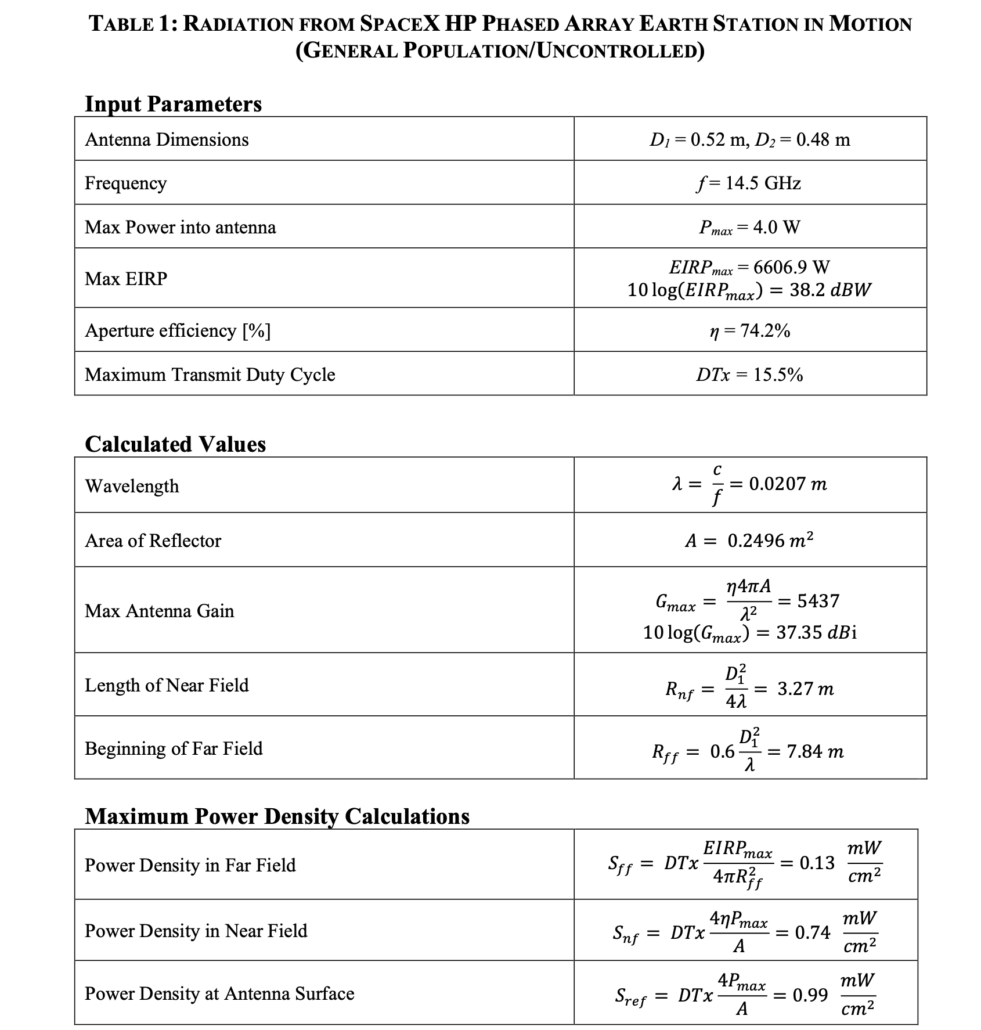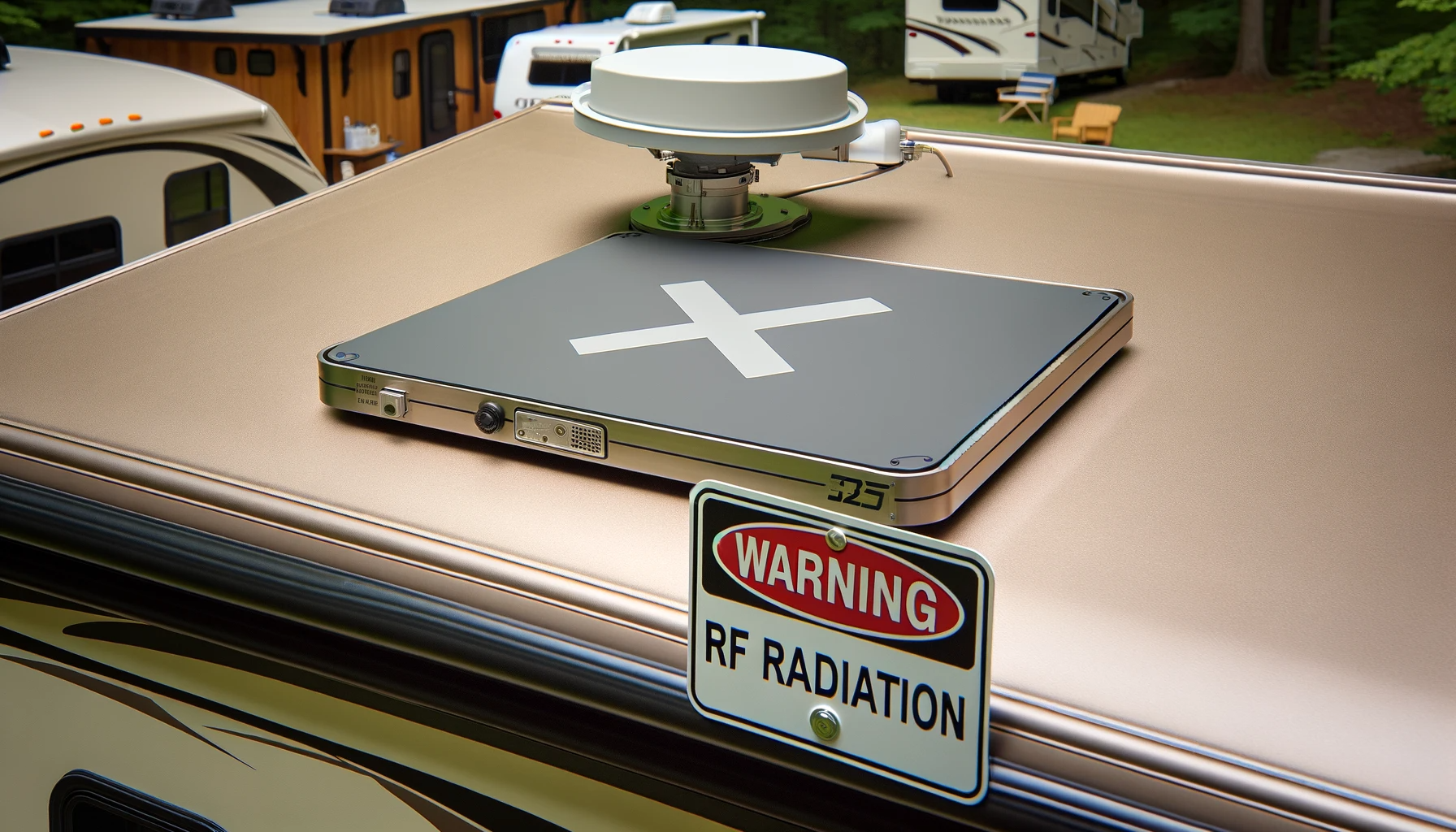In a significant development for in-motion internet connectivity, SpaceX has moved forward with its plans to enhance internet access for moving vehicles through its Starlink satellite internet service. The company, under SpaceX Services Inc., has submitted an application to the Federal Communications Commission (FCC) to deploy advanced user terminals, designed for automobiles, vessels, and aircraft.
Enhanced Terminals for Diverse Environments
These new terminals, an upgraded version of the existing dishes used by Starlink’s beta testers, are referred to as Earth Stations In Motion (ESIMs). They are specifically engineered to provide internet coverage to moving vehicles on land, at sea, and in the air. Key features of these terminals include reduced transmit power, increased signal gain, and enhanced environmental durability, ensuring reliable connectivity in various conditions.
Additionally, and more importantly, the new terminals will be divided into two categories. One of these will be for the general public with radiation levels in the near field and on the antenna surface below the 1.0 mW/cm² (milliwatts per square centimeters) limit. One mW/cm² equals 10W/m² and the Commission limits radiation to 1.0mW/cm² for 2.4GHz for the general public.
The other set of terminals are for ‘occupational’ use, and their near field and antenna surface power densities stand at 1.57 mW/cm² and 2.12 mW/cm², respectively. For these terminals, SpaceX personnel will install them on the desired locations, and the terminals will feature a radiation hazard warning showing regions where the radiation exceeds the maximum radiation limit.
High Performance and Environmental Resilience
SpaceX categorizes a portion of these terminals as ‘High Performance’ (HP), crafted to endure more extreme environmental conditions. These HP terminals are built to function in broader temperature ranges and possess improved capabilities for melting snow, ensuring uninterrupted service.
Coverage Plans for Commercial Aviation
The filing also outlines plans to extend Starlink’s internet service to commercial airplanes. SpaceX aims to provide coverage for U.S.-registered aircraft globally and non-U.S. aircraft within American airspace, adhering to local regulatory requirements.
Safety Measures and Radiation Warnings
A notable aspect of the new terminals is their categorization based on radiation levels. Terminals for general public use will maintain radiation levels below the 1.0 mW/cm² threshold. In contrast, ‘occupational’ terminals, intended for specific professional applications, will exhibit higher radiation densities. These latter terminals will be installed by trained SpaceX personnel and will feature clear radiation hazard warnings to ensure safety.
Commitment to Compliance and Public Interest

SpaceX has also requested the FCC for a waiver to operate these mobile terminals in the 12.2 – 12.7GHz frequency band. This move aims to provide enhanced service for mobile platforms, which SpaceX argues is in the public interest. The company emphasizes its commitment to adhering to FCC guidelines for radiofrequency exposure, ensuring that the deployment of these advanced terminals is both safe and efficient.
Regulatory Compliance and Health Research Considerations
As SpaceX advances with its plans to deploy these sophisticated terminals, it faces regulatory and health safety scrutiny. A pivotal point in this process is the FCC’s compliance with a court-ordered reassessment of RF (radiofrequency) safety guidelines. This reassessment is essential to ensure that the new technology aligns with updated and comprehensive safety standards.
Moreover, it is increasingly recognized that entities spearheading such technological advancements, particularly those led by influential figures like Elon Musk, should invest in research to understand the potential health effects of long-term exposure to specific frequencies and modulations used in their technologies. Despite the widespread use of the 12.2 – 12.7GHz frequency band proposed by SpaceX, there exists a notable gap in research regarding its long-term safety. The absence of comprehensive research on these frequencies does not inherently imply safety, especially considering the increasing reliance on satellite-based internet services.
SpaceX’s Request for FCC Waiver
In line with its expansion goals, SpaceX has requested the FCC for a waiver to operate these mobile terminals in the 12.2 – 12.7GHz frequency band. This request is not merely a technical formality but also raises broader questions about the public interest and safety considerations. SpaceX argues that this waiver is in the public interest, promising better service for mobile platforms. However, this argument must be balanced with the need for thorough research and adherence to evolving safety guidelines.
Conclusion
The introduction of advanced Starlink terminals by SpaceX marks a significant stride in enhancing internet connectivity for various vehicles. However, this technological leap brings to the forefront the critical need for rigorous safety assessments and research, especially in the context of long-term health effects. As the world’s wealthiest individuals and corporations chart the course of technological progress, their role in ensuring the safety and well-being of users becomes increasingly paramount.
Source: https://wccftech.com/new-starlink-dishes-for-cars-planes-to-carry-radiation-hazard-warning/








